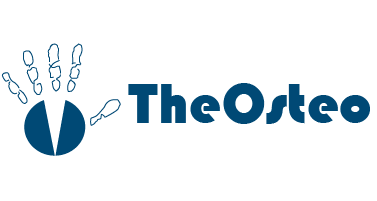30 Nov Muscle Spasm vs Trapped Nerve
Knowing which is which
Either you go to move or pick something up, then bang you feel a jolt of a shooting pain and can no longer move. After the shock and panic you manage to call your doctor or the ambulance. They offer you some painkillers and if your lucky they advise some stretches or gentle exercises informing you that you may have trapped nerve or a muscle has gone into spasm. Although they both feel similar, they are different injuries and require a different focus when treating. Knowing the difference can help manage the problem and will help you to understand
Similarities:
For both, it is not uncommon for movement to feel restricted and a strong pain to radiate across or along the area of initial pain. The intensity can feel the same as well. So what is goin on?
Pinched Nerve:
A pinched nerve is usually caused when a nerve is compressed. The nerve can be compressed by muscle, joint or a bony spur. With a pinched nerve you tend to get pins and needles (paraesthesia) or numbness (anaesthesia) as well. The Pain may tend to radiate more and the painful muscles may feel normal in terms of texture. The pain can also be constant rather than determined by the patient position. Another important thing to note is that where are feeling the most pain may not actually be where the nerve is pinched therefore it is good to see a clinician with a good understanding of anatomy because just treating the painful area may only provide temporary relief. It can take a few treatments before there is positive response
To treat a pinched nerve the focus is determining where it is getting compressed and trying to relive that pressure whilst also trying to reduce any restrictions along the path of the nerve. If there is inflammation present applying cold to the area may help reduce the scale of the pain whilst heat may further irritate.
Muscle Spasm:
A muscle spasm doest have to be a result of a pinched nerve and involves a muscle or muscle group going into a strong involuntary contraction. Initially they are quite intense but the pain will remain local to the area. The affected muscle texture will often feel tense especially comparing it to the opposite side. You will be able to get into a position of ease and only once you move, will you notice pain. Direct Treatment including soft tissue and neuromuscular techniques on the effected area often produce a reduction in symptoms in a short space of time. Heat will often sooth the muscle and gentle stretches can help alleviate the tension.
The good news is both can be managed with Osteopathy, so if you think you are suffering with either, get in touch and we will try to help you.

No Comments